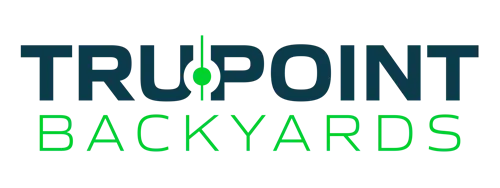Designing Your Perfect Shed: Key Considerations and Tips
Determine the Purpose
The first step in designing your shed is to clearly define its purpose. Are you looking for additional storage, a workshop, a garden shed, or perhaps a backyard office? Understanding the primary function of your shed will guide your design choices, including size, layout, and features.
Choose the Right Location
Selecting the optimal location for your shed is crucial. Consider factors such as accessibility, sunlight, drainage, and how the shed will fit into your overall landscape design. A well-placed shed not only serves its function better but also enhances the aesthetic appeal of your backyard.
Select the Material
The material of your shed affects its durability, maintenance, and appearance. Common materials include wood, metal, and plastic:
- Wood: Offers a classic look and can be customized with paint or stain. It requires regular maintenance to prevent rot and pest damage.
- Metal: Durable and low-maintenance, but can be prone to rust if not properly treated.
- Plastic: Resistant to rot and insects, and usually low-maintenance. However, it may lack the aesthetic appeal of wood.
Design and Style
Your shed should complement the style of your home and garden. Whether you prefer a rustic, traditional look or a sleek, modern design, the aesthetics of your shed play a significant role in its integration with your property. Consider architectural elements such as roof style, windows, and doors that match or enhance your home’s design.
Plan the Interior Layout
Think about the interior layout and how you plan to use the space. If it’s for storage, include shelving, hooks, and compartments to maximize organization. For a workshop, ensure there’s ample workspace and consider the placement of tools and equipment. If it’s a garden shed, include areas for potting and storing gardening supplies.
Consider the Foundation
A solid foundation is essential for the longevity of your shed. Options include concrete slabs, gravel beds, and treated wood foundations. Ensure the foundation is level and well-drained to prevent water damage and ensure stability.
Insulation and Ventilation
Depending on your shed’s use, insulation and ventilation may be important. If you plan to use the shed year-round or store temperature-sensitive items, proper insulation will help regulate the internal temperature. Ventilation is crucial to prevent moisture buildup and ensure fresh air circulation.
Customize with Additional Features
Customize your shed with additional features to enhance functionality and comfort. Skylights and windows can bring in natural light, while electrical wiring allows for lighting and tool usage. Consider security features like reinforced doors and locks if you’re storing valuable items.
DIY vs. Professional Installation
Finally, decide whether to build the shed yourself or hire professionals. DIY shed kits can be a cost-effective and rewarding project if you have the skills and tools. However, professional installation ensures precision and saves time, providing peace of mind that your shed is built to last.
